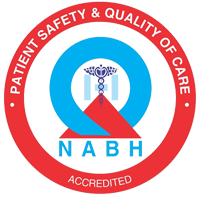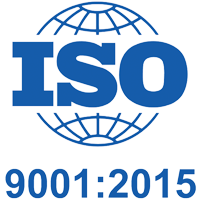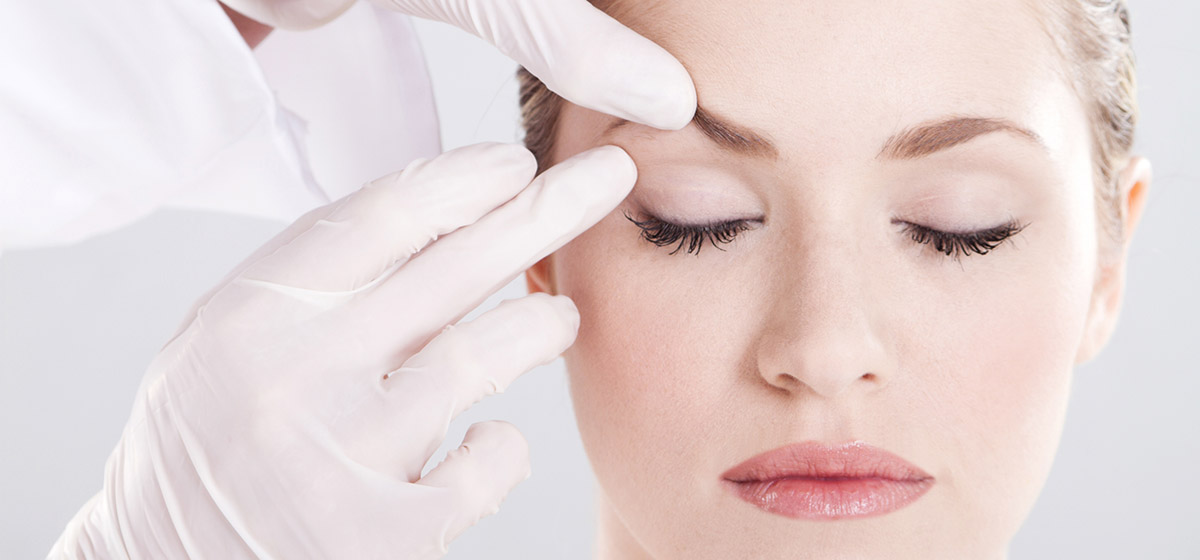Dermatosurgery & Cosmetic Dermatology
Doctor List
Dr. Bijoy Roy Choudhury , D. Dermat, MRCGP
Dr. Souvik Sardar, MBBS, MD (Derma)
Dr. Aparajita Ghosh , MD (Dermatology Venereology and Leprosy)
Dr. Shamik Das , MBBS, MD(Dermatology) & Venereology, DMCH
Dr. Olympia Rudra , MBBS, DDVL, MD (Dermatology), Venereology, Leprosy
Dr. Safia Bashir , MBBS, MD (Dermatology)
Dr. Prerna Raj Gupta , MBBS ; MD (Dermatology & Venerology Leprosy)
Dr. Mustaqeem Farooqui , MBBS, MD (Dermatology)
Cosmetic dermatology and dermatologic surgery has gained significant popularity in India in recent times. The Department of dermatology deals with all nuances of clinical dermatology , and deals with all sorts of aesthetic procedures (viz. Botox, fillers for facial rejuvenation, chemical peels, Glutathione injections , Mesotherapy and PRP for hair loss. We, at Ruby Hospital provide the latest and up to date methods of treating many skin problems that were earlier difficult or impossible to treat. The department is fully equipped to manage all sorts of dermto surgical procedures( removal of moles, warts, corns, sebaceous cyst, xanthelesma). Additionally, we our pioneers in bringing Non Culture Melanocyte Transplantation (latest tool in vitiligo surgery) in eastern india. A team of highly experienced Consultants support the department.
Principal Procedures
Botox
Botox injections are noted primarily for the ability to reduce the appearance of facial wrinkles. A Botox treatment is minimally invasive. It is considered a safe, effective treatment for fine lines and wrinkles around the eyes. It can also be used on the forehead between the eyes. Botox works by temporarily blocking nerve signals and muscle contractions. This improves the appearance of wrinkles around the eyes and between the eyebrows. It can also slow the formation of new lines by preventing contraction of facial muscles
It is a minimally invasive procedure. It does not involve incisions or general anaesthesia.
Botox treatment helps in treating the following
Wrinkles removal
Glabellar lines
Horizontal forehead lines
Crow's feet
Radiofrequency Surgery
Radiofrequency (RF) technologies are increasingly employed in dermatology to achieve skin rejuvenation with minimal adverse effects and downtime. Radiofrequency enables physicians to augment targeted tissue layers while sparing melanocytes and the cutaneous surface, thereby preventing dyspigmentation and prolonged wound healing. It is a versatile dermatosurgical procedure which is used for surgical management of skin lesions by using various forms of alternating current at an ultra high frequency. The major modalities in radiofrequency are electrosection, electrocoagulation, electrodessication and fulguration. The use of radiofrequency ablation in dermatosurgical practice has gained importance in recent years as it can be used to treat most of the skin lesions with ease in less time with clean surgical field due to adequate hemostasis and with minimal side effects and complications.
Scarless Surgery
Removal of Warts, mollusca
Fical resurfacing
Post-acne scars
Fillers
t is also called soft-tissue fillers, dermal fillers, soft-tissue augmentation. As we age, our skin loses its youthful fullness. With age our faces naturally lose subcutaneous fat. The facial muscles are then working closer to the skin surface, so smile lines and crow's feet become more apparent. Fillers help to restore lost fullness to the face, lips, and hands. Dermal fillers help to diminish facial lines and restore volume and fullness in the face. The facial skin also stretches a bit, adding to this loss of facial volume. Other factors that affect the facial skin include sun exposure, heredity and lifestyle. Dermal fillers can be very helpful in those with early signs of aging, or as a value-added part of facial rejuvenation surgery.
Fillers can effectively do the following:
Restore fullness to cheeks, hollow areas under the eyes, and deep creases
Diminish scars
Erase fine lines
Plump lips
Lift the brow or a downturned mouth
Rejuvenate hands
Paranasal folds
Aging face
Perioral folds
Chemical Peeling
It is also called chemexfoliation, derma peeling. A chemical peel can diminish many signs of aging on the face as well as the hands, neck, and chest. Dermatologists use chemical peels to treat some types of acne and conditions that discolor the skin. Chemical peeling is the application of a chemical agent to the skin, which causes controlled destruction of a part or entire epidermis, with or without the dermis, leading to exfoliation, removal of superficial lesions, followed by regeneration of new epidermal and dermal tissues.
Chemical Peels are used to treat
Melasma
Postinflammatory hyperpigmentation
Freckles
Lentigines
Facial melanoses
Superficial acne scars
Postacne pigmentation
Comedonal acne
Acne excoriιe
Acne vulgaris-mild to moderately severe acne
Photoaging
Fine superficial wrinkling
Dilated pores
Superficial scars
Seborrheic keratoses
Actinic keratoses
Warts
Milia
Sebaceous hyperplasia
Dermatoses papulosa nigra
Age spots
Discoloration (blotchy complexion, uneven skin tone)
Dull complexion
Fine lines (especially under the eyes and around the mouth)
Rough-feeling skin.
Sun-damage skin
DERMATO-SURGICAL PROCEDURES
Removal of
Warts
Corns
Molluscum contagiosum
Moles
Xanthelesma ( lipid deposits around eyes)
Sebaceous cyst
Intralesional injections
COSMETOLOGY
Chemical peels for melasma / hyperpigmentaion
Acne cleaning / acne peels
Facial rejuvenation viz BOTOX / FILLERS/ PRP/ thread lifts
BOTOX for hyperhidrosis (increase sweating)palms , soles , underarms
Microneedling
Acne cleaning / acne peels
HAIR TREATMENT
Mesotherapy
PRP for hair fall
VITILIGO SURGERY
NON CULTURE MELANOCYTE TRANSPLANTAION
Suction blister grafting
Punch grafting
Quick links
- Emergency Services
- International Patient Services
- Corporate Tie-Up
- TPA & Cashless Facilities
- Find a Doctor




















